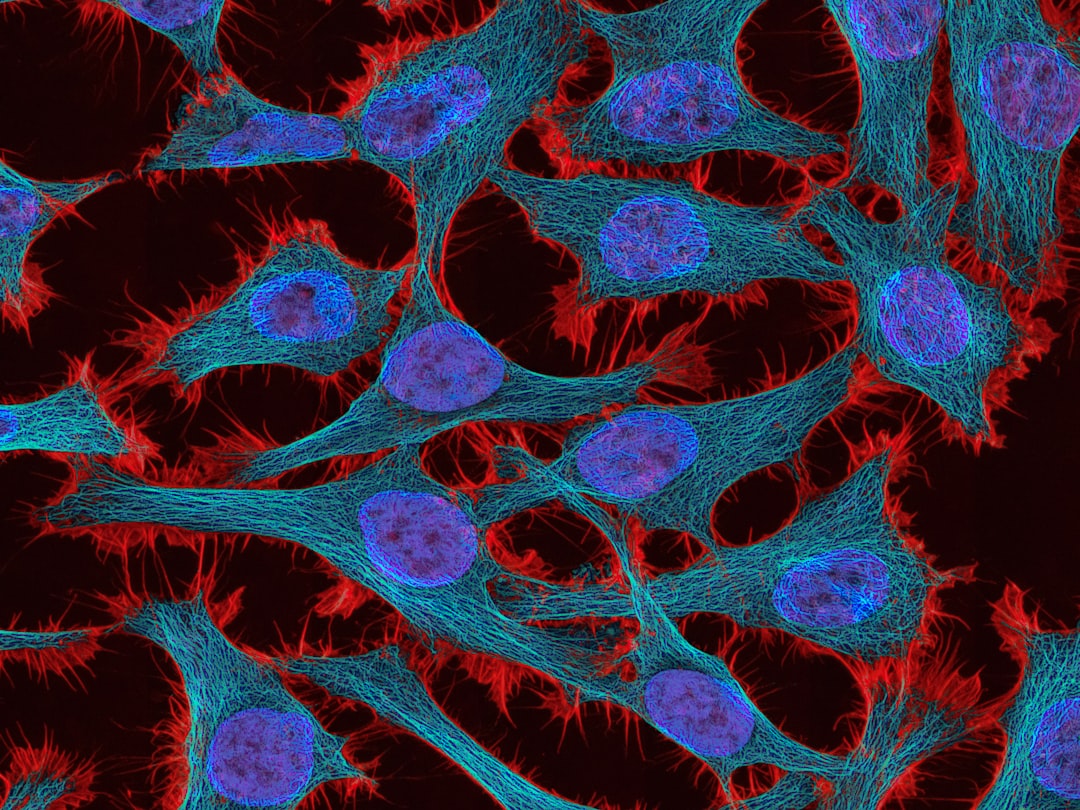What is it about?
Exploration of 9-bromo[7]helicene reactivity mainly in Pd-catalyzed reactions is reported. Palladium catalyzed carbon–carbon and carbon–heteroatom coupling reactions provide a large portfolio of racemic helicenes bearing different functional groups in good to excellent yields. Many of the reactions were performed in the microwave reactor keeping reaction time to a minimum compared with conventional synthetic methods.
Featured Image
Why is it important?
Exploration of 9-bromo[7]helicene reactivity mainly in Pd-catalyzed reactions is reported. Palladium catalyzed carbon–carbon and carbon–heteroatom coupling reactions provide a large portfolio of racemic helicenes bearing different functional groups in good to excellent yields. Many of the reactions were performed in the microwave reactor keeping reaction time to a minimum compared with conventional synthetic methods.
Perspectives
Exploration of 9-bromo[7]helicene reactivity mainly in Pd-catalyzed reactions is reported. Palladium catalyzed carbon–carbon and carbon–heteroatom coupling reactions provide a large portfolio of racemic helicenes bearing different functional groups in good to excellent yields. Many of the reactions were performed in the microwave reactor keeping reaction time to a minimum compared with conventional synthetic methods.
Dr Vladimír Církva
Institute of Chemical Process Fundamentals
Read the Original
This page is a summary of: Exploration of 9-bromo[7]helicene reactivity, Tetrahedron, July 2013, Elsevier,
DOI: 10.1016/j.tet.2013.05.039.
You can read the full text:
Contributors
The following have contributed to this page










